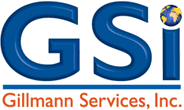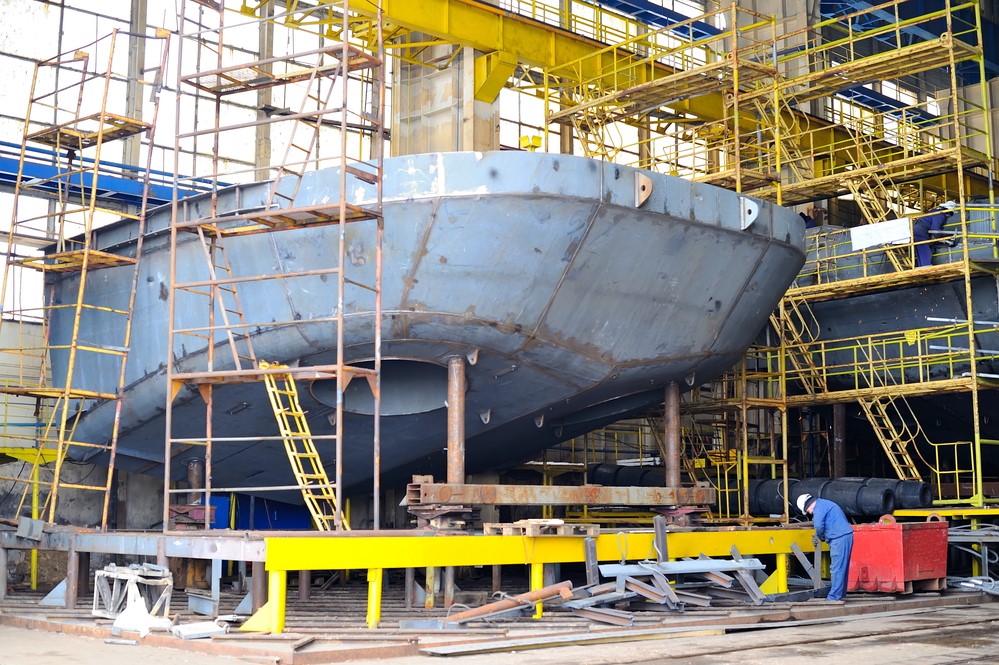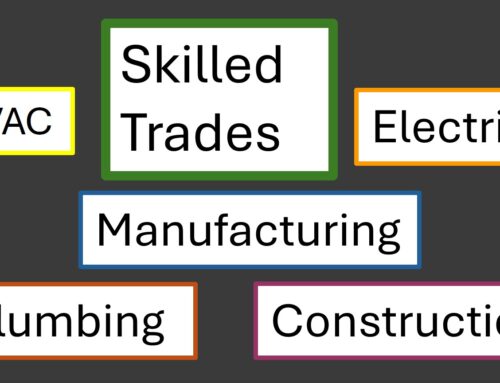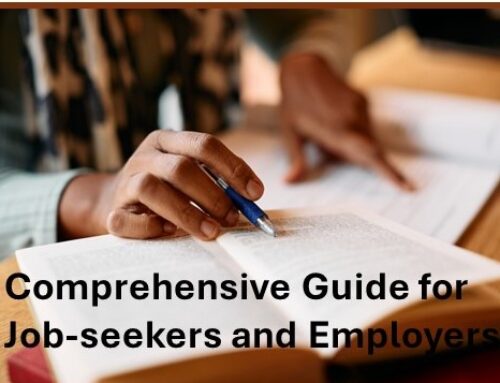
Employee safety must be at the forefront of all industries. The responsibility of keeping workers safe belongs to employers who must follow industry standards and laws governing employee health and safety.
One of the most dangerous industries in the US is shipbuilding and repair – the business that manufactures, repairs, and maintains ships and moves cargo to national and global ports. This sector contributes over $37.3 billion to the US GDP and, to date, employs about 110,000 workers nationwide.
Although workers are well-paid, they face numerous hazards –the CDC reports that shipbuilders are more susceptible to physical injuries than any other industry. The shortlist of these injuries follows:
- Extreme temperatures and noise exposure
- Exposure to dangerous chemicals, asbestos, and other deadly materials
- Falls from extreme heights
- Drowning
Companies must stay up-to-date with OSHA standards, consistently reviewing Maritime law for updates. Take time to periodically review and evaluate your health and safety protocols and procedures, including:
Personal Protection Equipment (PPE)
- Standard personal protective equipment includes:
- Hard hats
- Protective clothing and gloves
- Foot, knee, and elbow protection
- Respiratory protection
- Ear, eye, and face protection
- Fall prevention restraints
“Go overboard” with PPE, beyond standard recommendations, and add an extra level of protection for workers.
Health and Safety Training
Health & Safety training begins before an employee’s start date and continues throughout his/her tenure.
Companies must abide by OSHA’s health and safety requirements, Maritime regulations, and those specific to the individual workplace. Fundamental policy guidelines follow.
- Policies must be easy for employees to understand; consider the education levels of staff
- Employees must know how to recognize hazards specific to their jobs
- Workers must know which protective and emergency measures to follow in the event of an emergency
- Encourage cross-training, let seasoned workers train other workers
- Teach what to do if a co-worker is injured
- Provide training guidelines for the use of machinery
Successful training is not a “one size fits all” measure; several variables can alter company training protocols, including the type of workplace, its size, and the hazards specific to each operation. (A point to consider when creating protocols).
Note: mandatory training must apply to both permanent and contract staff. Consistent reviews should remain part of the job requirements.
Clutter – potentially deadly and, therefore, a crucial focus.
Standards must be clear and concise to all workers in each workspace. Don’t always stop with clutter mandates – Provide the necessary tools and processes to help keep workspaces and all areas clutter-free
Effective Communication
Promote an open communication environment so workers can freely discuss and report potential issues. Consistently communicate updates regarding health and safety issues or changes.
Gillmann Services, Inc. has and always will stand for safety without compromise. To ensure proper safety practices are developed and adopted for and by everyone, we provide various training opportunities through our on-staff instructors. Give our team a call today to see what Gillmann can do for you!






